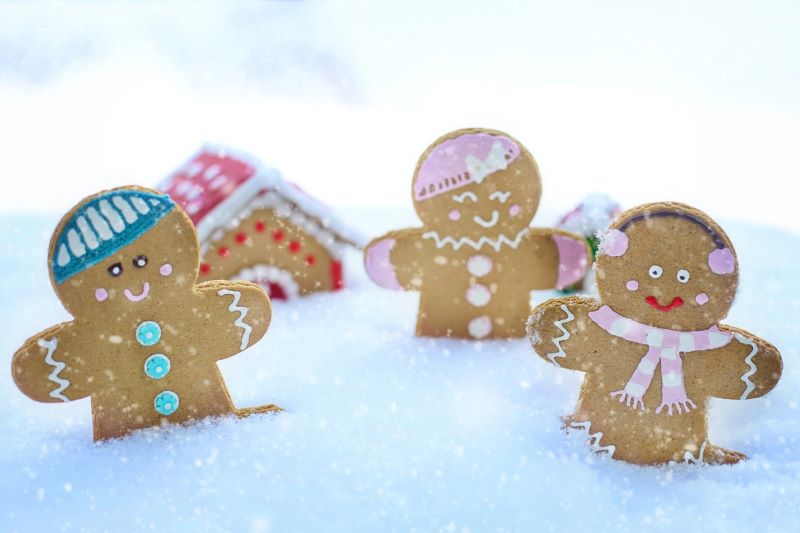The History behind Christmas Ornaments
Christmas is a special time for many people, with traditions often passed down from generation to generation. A big part of these traditions are the various decorations used to adorn the home and surrounding area during the holiday season. One of the most popular decorative elements used during Christmas are traditional ornaments, which have been a part of festive decorating since ancient times. Traditional Christmas ornaments come in all shapes, sizes, colors and materials but they all have one thing in common – they serve as symbols to help bring joy and spirit into our homes during the festive season.
The earliest known use of Christmas ornaments dates back to medieval Germany when tree branches were decorated with apples called “Paradise Apples” to symbolize the Garden of Eden. During this time in Europe, trees were brought indoors and adorned with ribbons, fruits, nuts and other items associated with Christianity such as stars or angels. In the 1800s however, glass ornamentation became more widely available allowing people to create their own unique designs.
One popular type of traditional Christmas ornament is an angel. Angels have long been associated with Christmas due to their representation as messengers from God sent to earth to spread goodwill and love. This is why it is traditional for parents to put an angel on top of their Christmas tree each year that also serves as a source of love and protection for their family throughout the holiday season.
The Meaning Behind Holly and Ivy in Traditional Christmas Ornaments
Another popular type of ornament is a nativity scene which typically features baby Jesus lying in his manger surrounded by Joseph, Mary, shepherds and farm animals such as sheep or cows. The nativity scene symbolizes Jesus’ birth and promotes peace on earth through mercy, grace and understanding towards others who may be different than us yet still deserving of love nonetheless.
Ornaments that feature Santa Claus also make excellent additions to any festive display since he has become such an iconic figure around this time of year due to his mission spreading good tidings while rewarding children who have been good throughout the year with presents. Other classic ornaments include snowflakes which harken back to wintertime while reminding us that no two snowflakes are alike; just like us!
Finally there are bells which are traditionally hung on doorways during Christmas as a sign of joyous welcome for friends and family visiting our homes over the holidays; not only do they create a warm atmosphere but also bring about feelings of happiness as soon we hear them ringing out across our doorstep!
Overall there is great symbolism behind different types of traditional Christmas ornaments both old and new alike; from angels representing heavenly peace on Earth to snowflakes reminding us all how unique we truly are despite our differences when we come together united in celebration around this special time every year! With so much meaningful representation behind each ornament it’s no wonder why they remain such an integral part of holiday decorations today – bringing cheerfulness into all aspects of life through decoration!
